Watch AI-trained robots dribble, pass, and score goals ( Video : Google DeepMind).
Humanoid robots have long been the product of scientists ' ambition to create a device that can simulate all human activities, thereby serving us for many different purposes.
However, the development of humanoid robots has always faced many limitations, because every movement needs to be programmed. This requires scientists to synthesize huge amounts of data.
However, today's robot technology has received great help from AI. This creates a big turning point in the development and implementation of robots in practice.
AI's self-learning ability means that robots will not need to move according to pre-programmed movements, but will be fully capable of performing techniques without direct human control.
In new research, scientists at Google DeepMind trained the robot Robotis OP3 to play soccer using a technique called "deep reinforcement learning."
This is a machine learning training technique that combines various AI training methods. Here, the robot uses an algorithmic network that functions like artificial neurons, and is arranged similarly to the human brain.
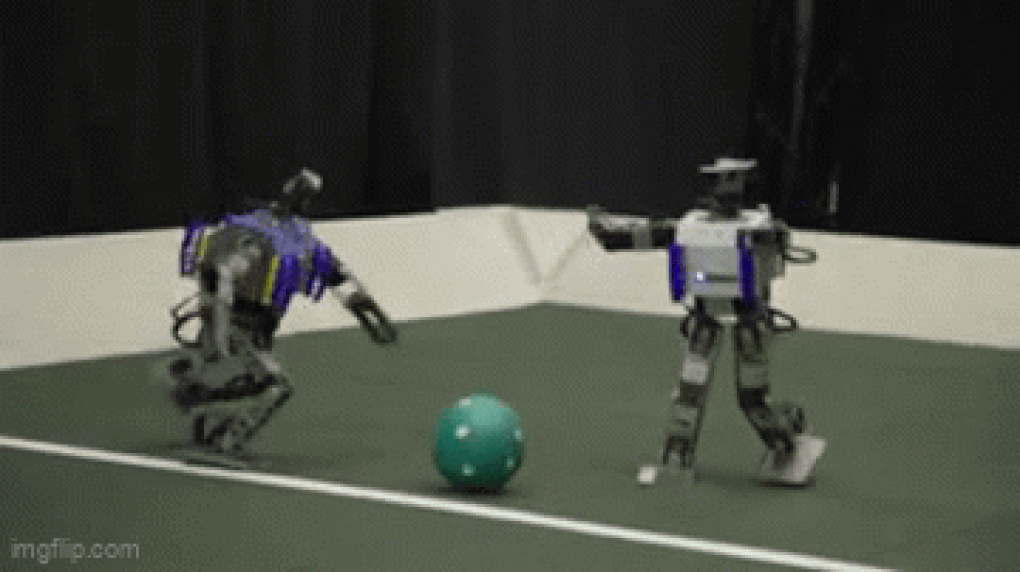
Robots trained by AI have developed extremely difficult-to-program emergency movement behaviors, such as turning the angle of their feet, spinning around to fool their opponents...
In simulated matches, AI-trained robots moved 181% faster, turned 302% faster, kicked the ball 34% faster, and took 63% less time to recover from falls than robots not trained using this technique.
From the actual recorded video, it can be seen that the robot was able to perform complex movements such as dribbling, blocking, passing, scoring... relatively skillfully and at high speed.
The researchers added that the robot also developed emergency movement behaviors that are extremely difficult to program, such as turning the angle of the feet, spinning around to deceive the opponent...
The findings suggest that this AI training technique can be used to create simple, but relatively safe, movements in humanoid robots in general. From this starting point, robots can be advanced with more complex movements, and applied more widely in practical situations.
The same technology used has also enabled the robot to make coffee after just 10 hours of training.
Source






![[Photo] Prime Minister Pham Minh Chinh chairs the 16th meeting of the National Steering Committee on combating illegal fishing.](https://vphoto.vietnam.vn/thumb/1200x675/vietnam/resource/IMAGE/2025/10/07/1759848378556_dsc-9253-jpg.webp)

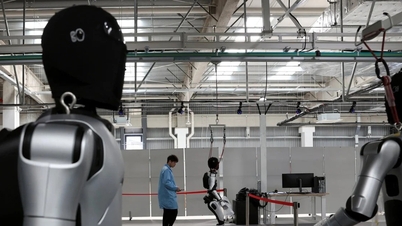

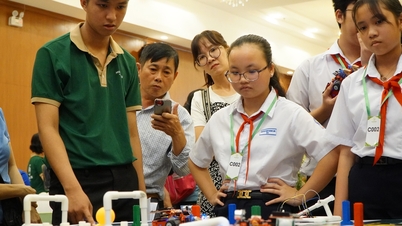

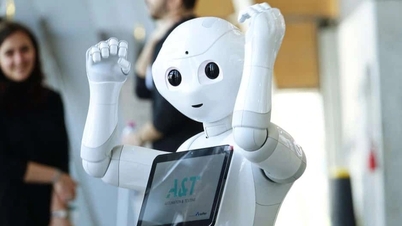

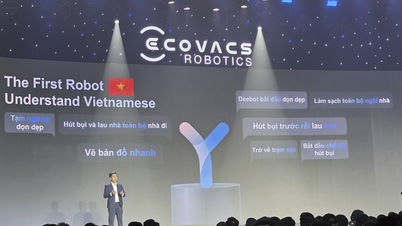






















![[Photo] Super harvest moon shines brightly on Mid-Autumn Festival night around the world](https://vphoto.vietnam.vn/thumb/1200x675/vietnam/resource/IMAGE/2025/10/07/1759816565798_1759814567021-jpg.webp)






























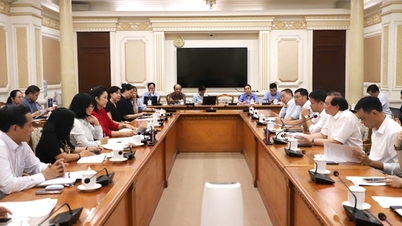




























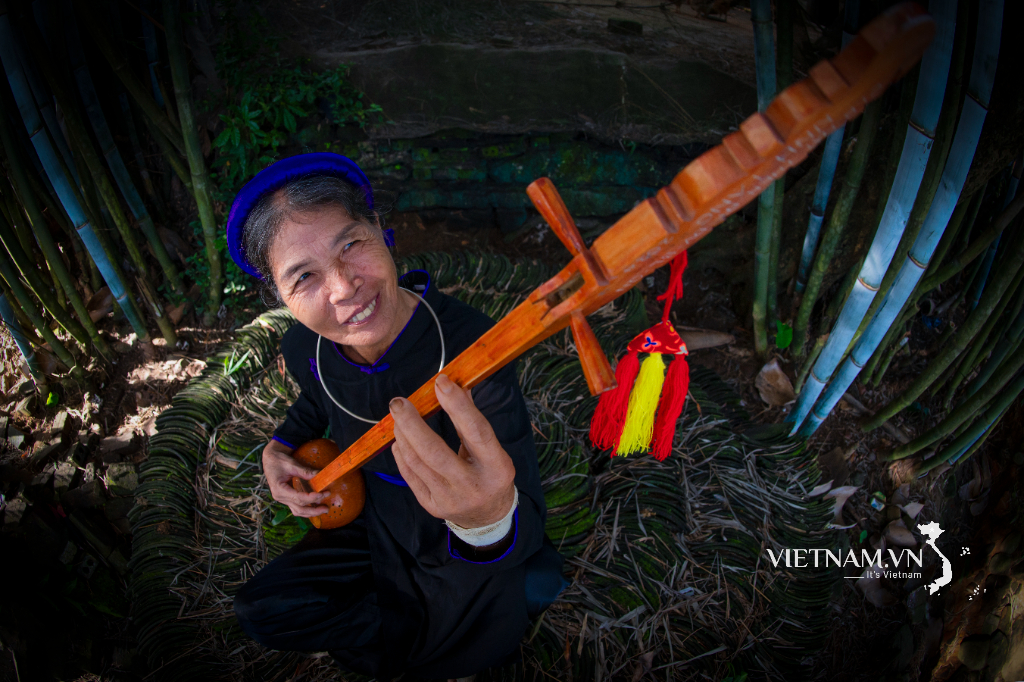



Comment (0)